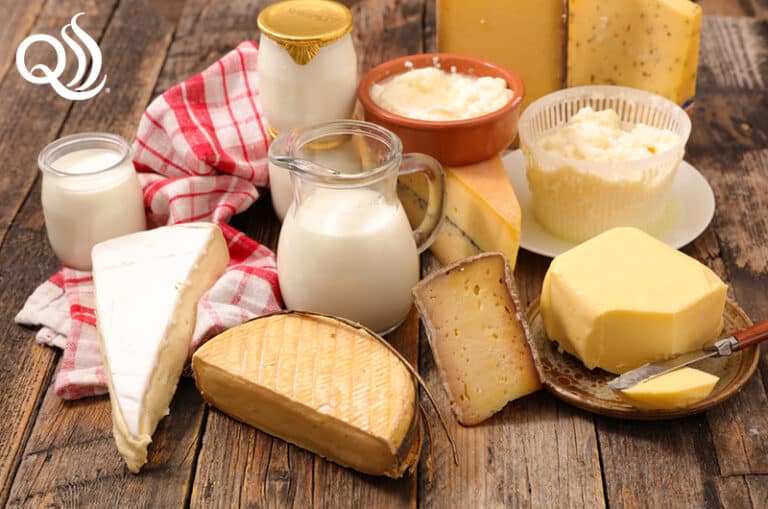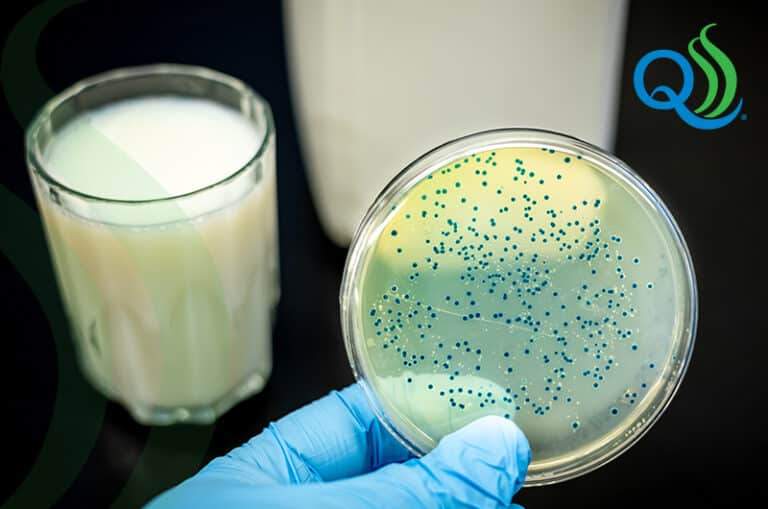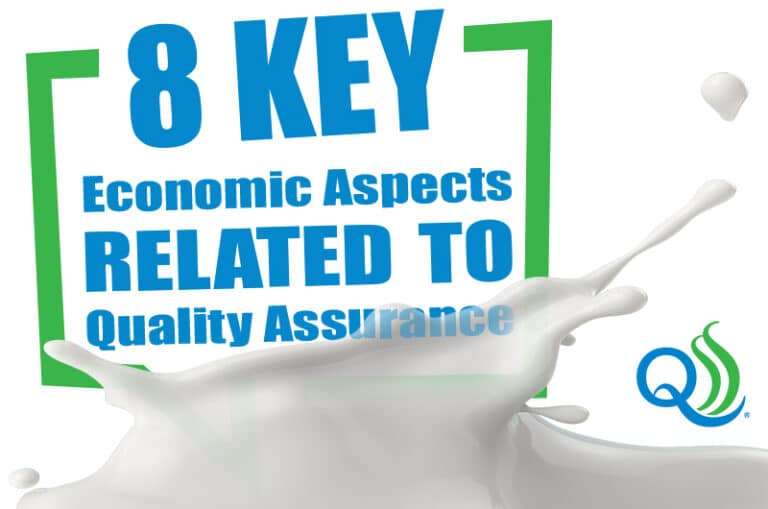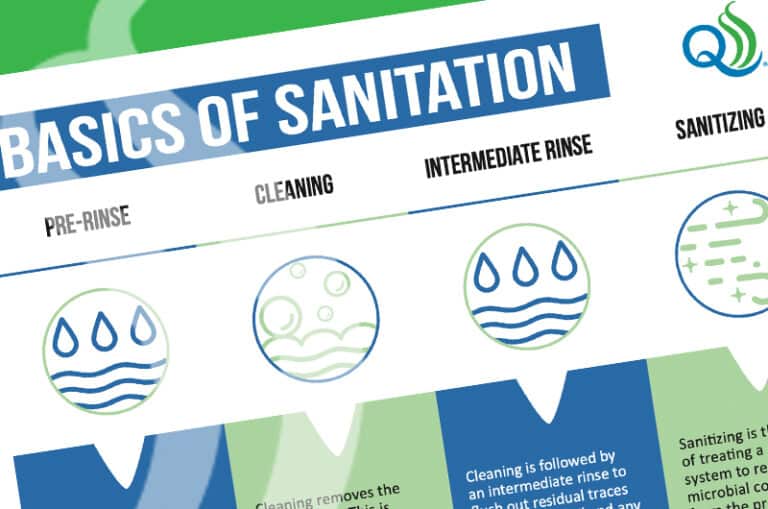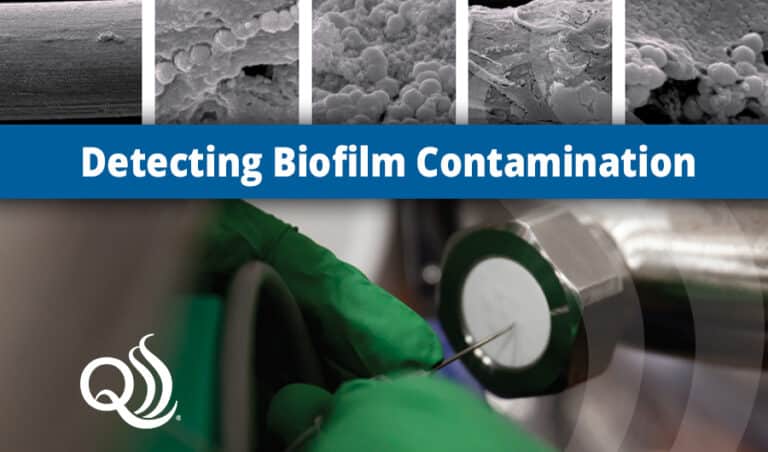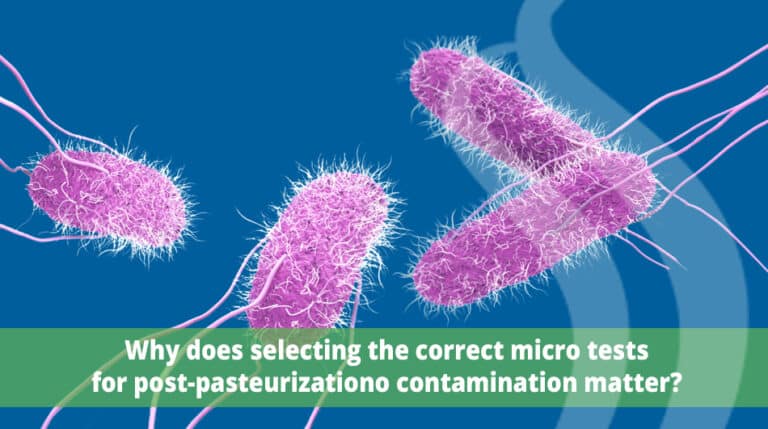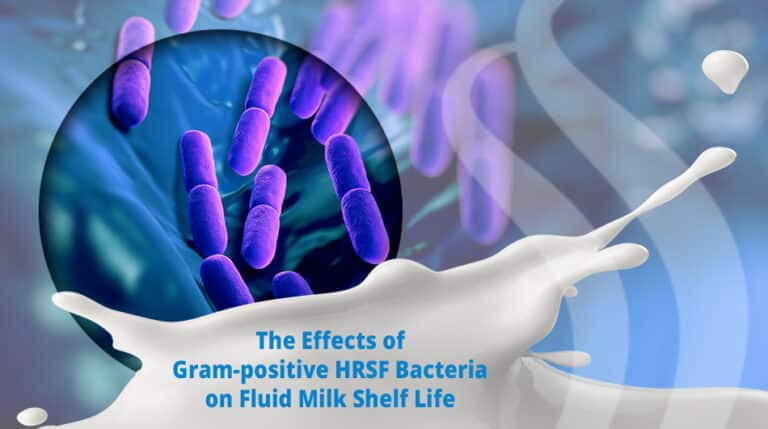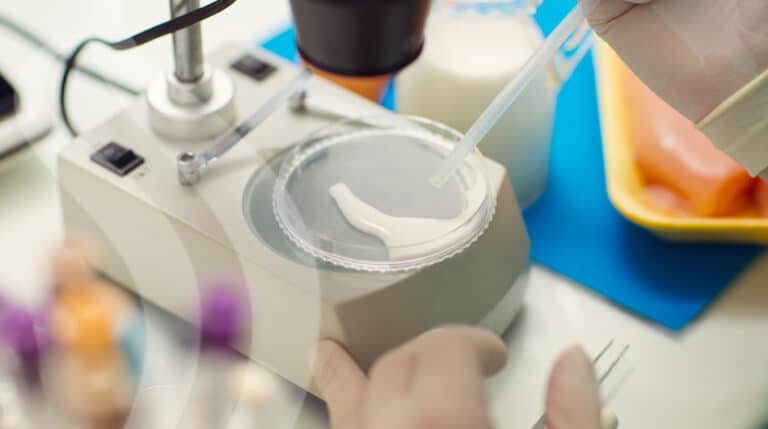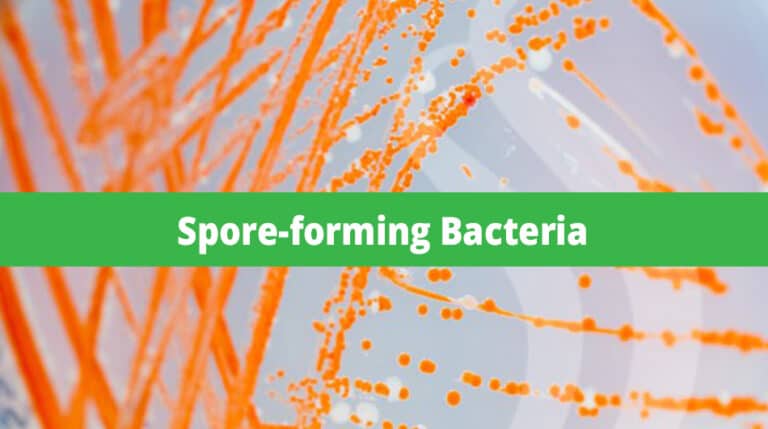The Crucial Role of Raw Milk Microbial Testing in Producing High-Quality Dairy Products
The dairy industry globally strives to meet high-quality standards for processed products. One key to achieving this is raw milk microbial testing, a meticulous monitoring process that examines raw milk’s microbiological parameters. In this blog, we review the significance of these parameters, including somatic cell counts (SCC) and bacterial counts, and their direct impact on…

